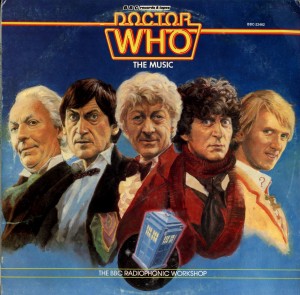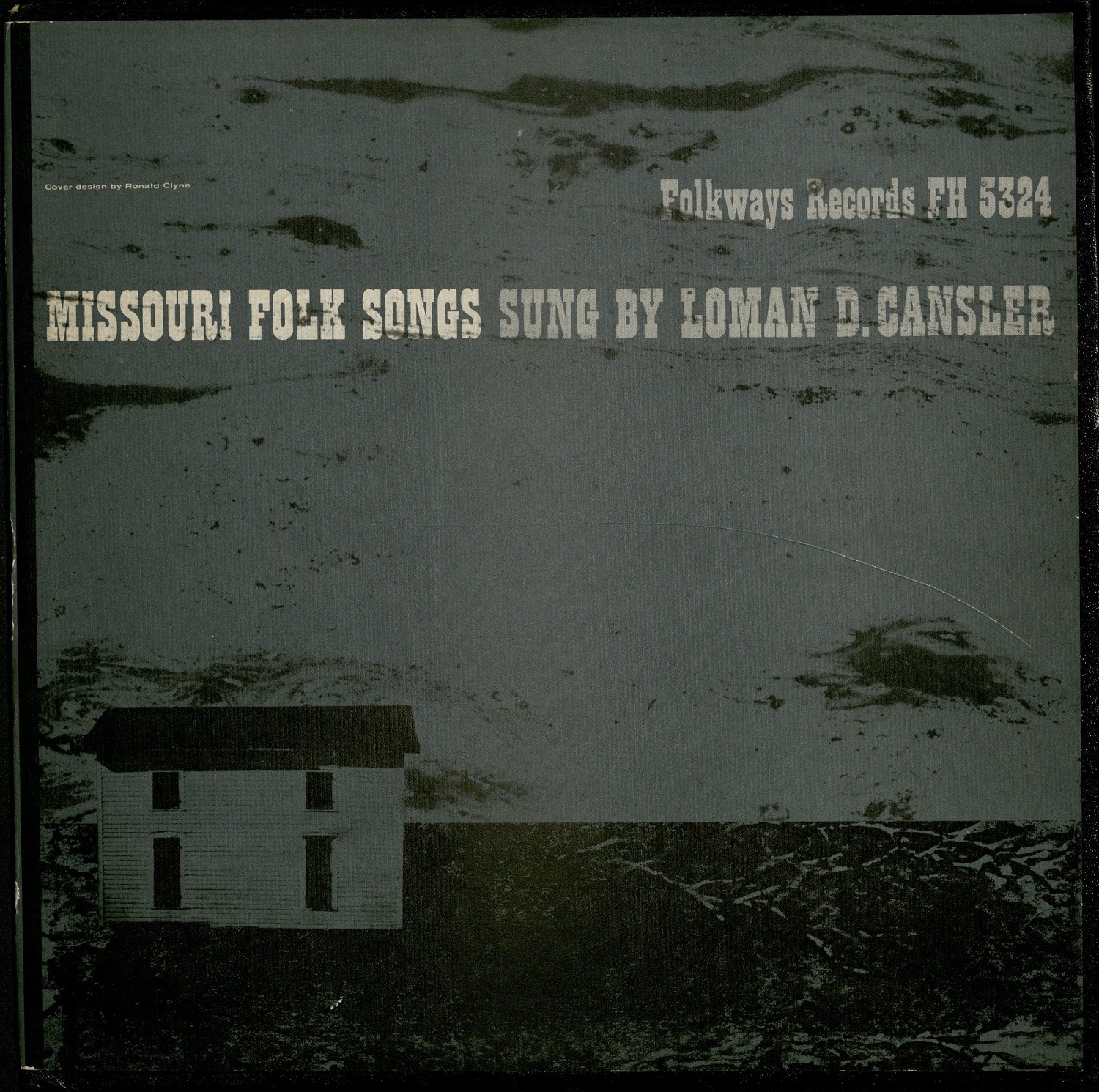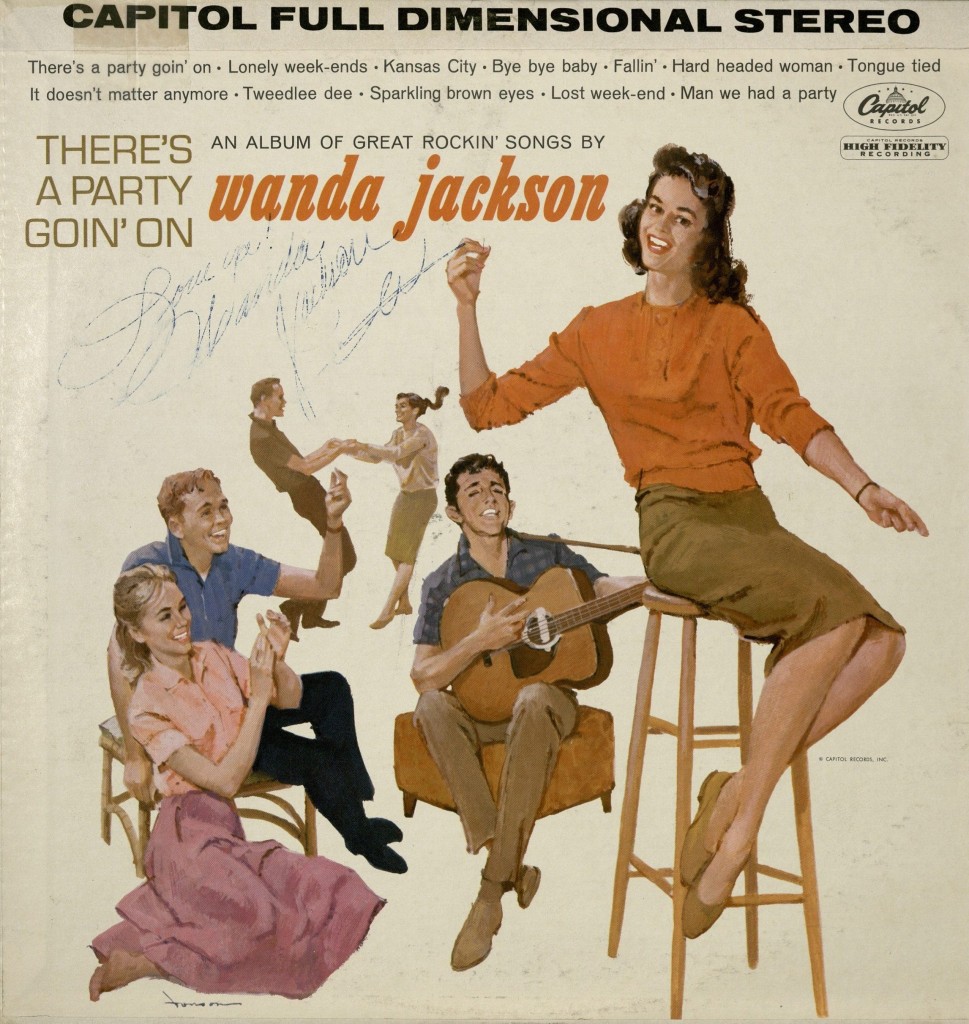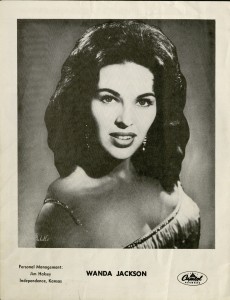 The BBC Radiophonic Workshop in London opened in 1958 to produce music and new effects for radio. Composers for Doctor Who started working here in 1963, under the direction of Ron Grainer. The theme for doctor who was created mostly by Delia Derbyshire in the style of Elektronische Musik—or music created from only electronically produced signals. This term was coined in 1949 by Werner Meyer-Eppler, and rivaled the French style of Musique Concrete, which used sounds recorded from acoustical sources, instead. To use this style of music in television, was new and innovative. It was also groundbreaking, because “televised science fiction was a new concept for the BBC” (factmag). The soundtrack for Doctor Who was comprised almost exclusively of electronic music through 1989, and the composers working at the BBC Radiophonic Workshop created most of the incidental music and sound effects.
The BBC Radiophonic Workshop in London opened in 1958 to produce music and new effects for radio. Composers for Doctor Who started working here in 1963, under the direction of Ron Grainer. The theme for doctor who was created mostly by Delia Derbyshire in the style of Elektronische Musik—or music created from only electronically produced signals. This term was coined in 1949 by Werner Meyer-Eppler, and rivaled the French style of Musique Concrete, which used sounds recorded from acoustical sources, instead. To use this style of music in television, was new and innovative. It was also groundbreaking, because “televised science fiction was a new concept for the BBC” (factmag). The soundtrack for Doctor Who was comprised almost exclusively of electronic music through 1989, and the composers working at the BBC Radiophonic Workshop created most of the incidental music and sound effects.
One of the most famous tracks that was released in the 1970’s for this television show was “Sea Devils,” which was noted for being much more experimental than the usual incidental music of Doctor Who. It was composed by Malcolm Clarke, and used the EMS Synthi 100 of the BBC Radiophonic Workshop.
[audio:http://info.umkc.edu/specialcollections/wp-content/uploads/2014/01/Output-1-2.mp3|titles=Sea Devils.|artists=Malcolm Clarke]
EMS Synthi 100 – Photo courtesy Wikimedia Commons
Another important track on the LP is “The Leisure Hive,” composed by Peter Howell. By 1980, the workshop was creating music for every episode. By this time, the workshop had gained a lot more synthesizers, which would make the music a lot richer.
[audio:http://info.umkc.edu/specialcollections/wp-content/uploads/2014/01/drwhotrack9.mp3|titles=The Leisure Hive.|artists=Peter Howell]


